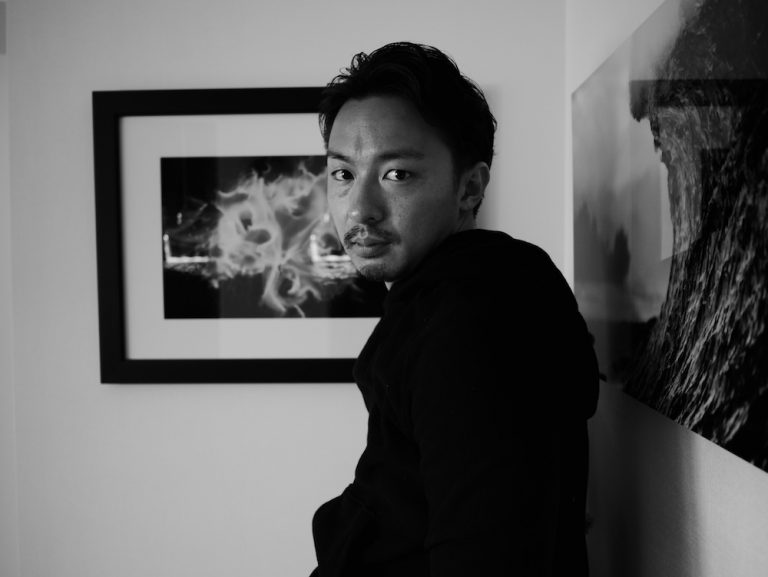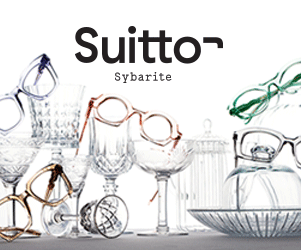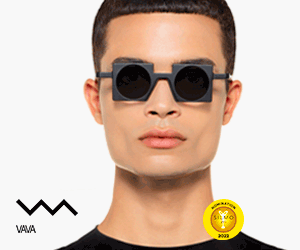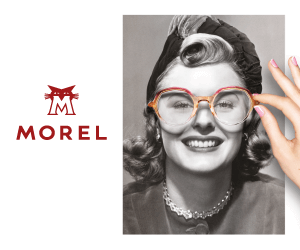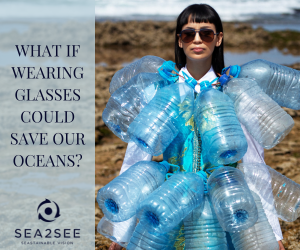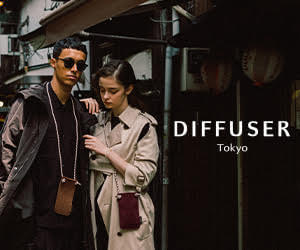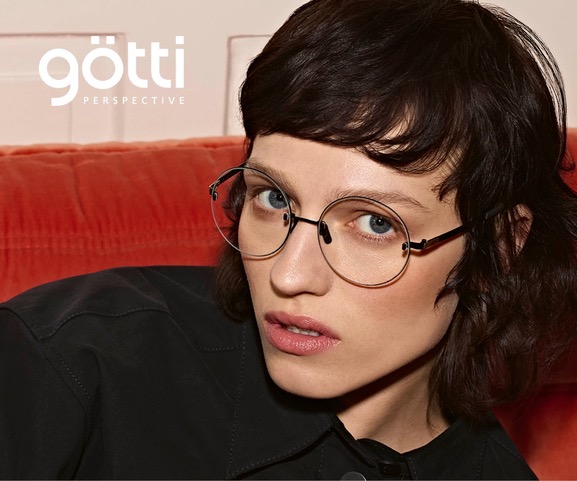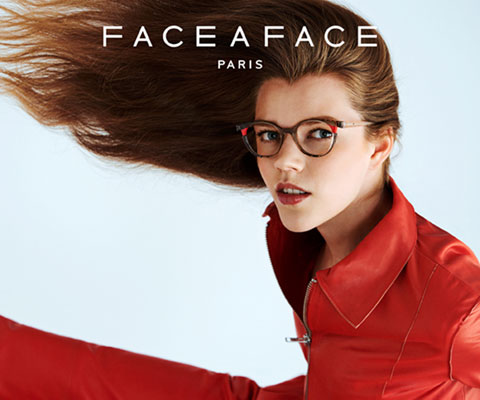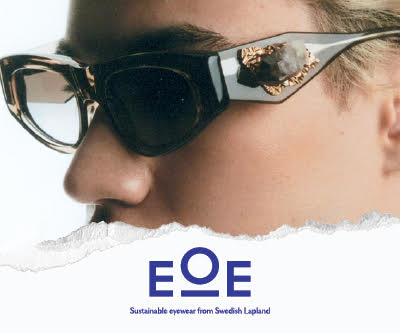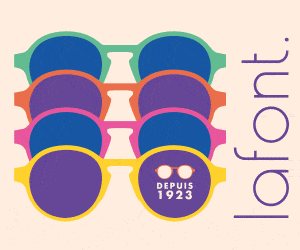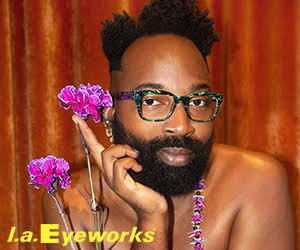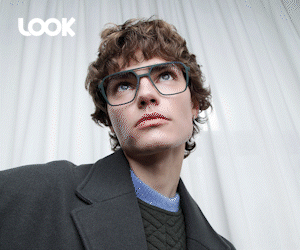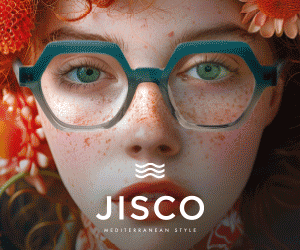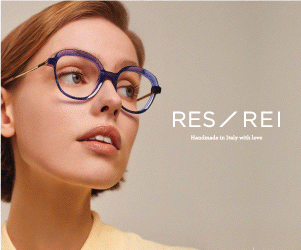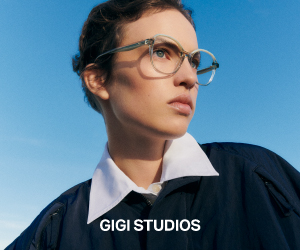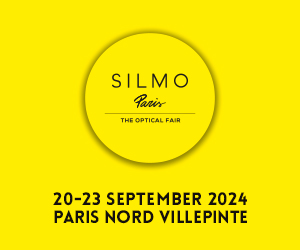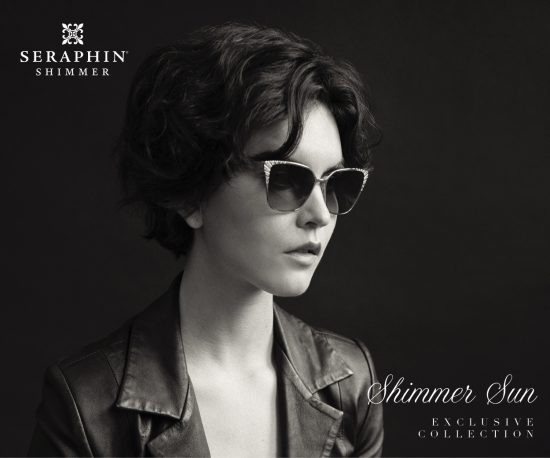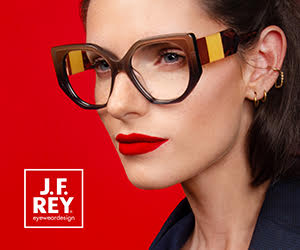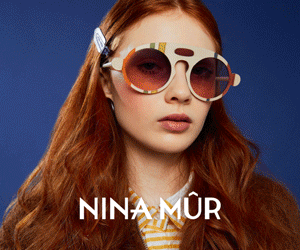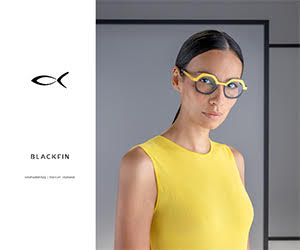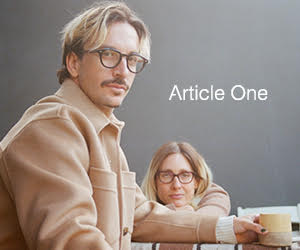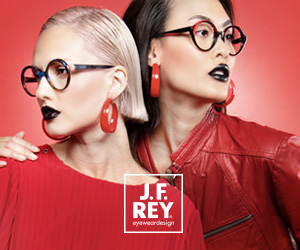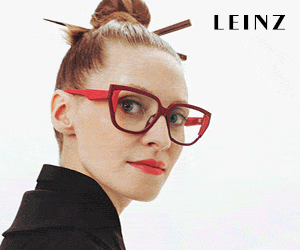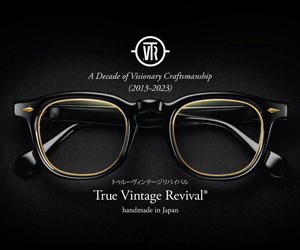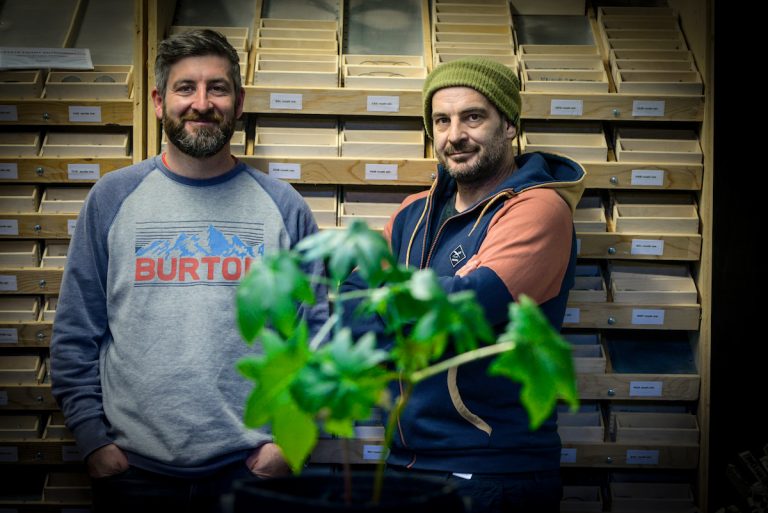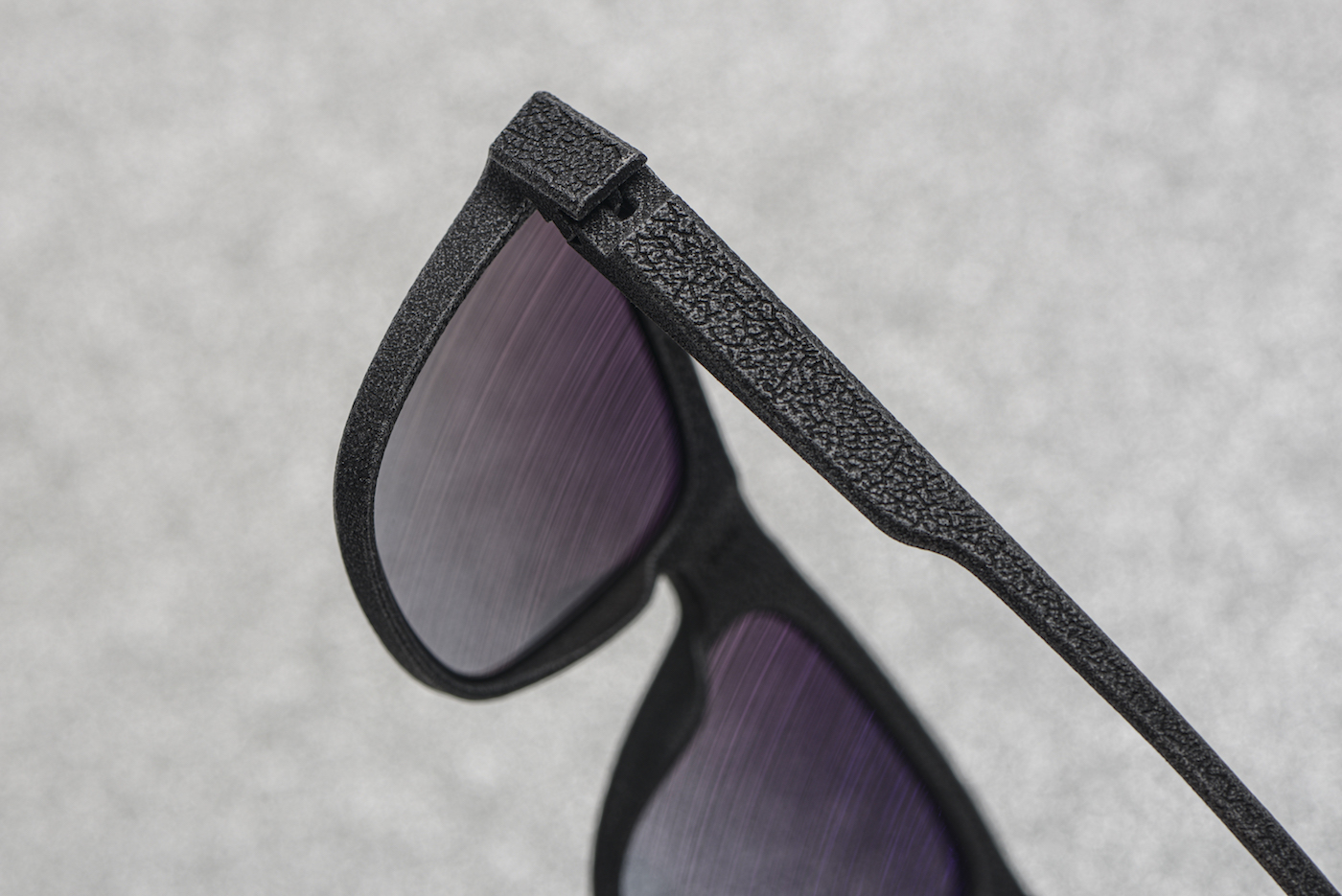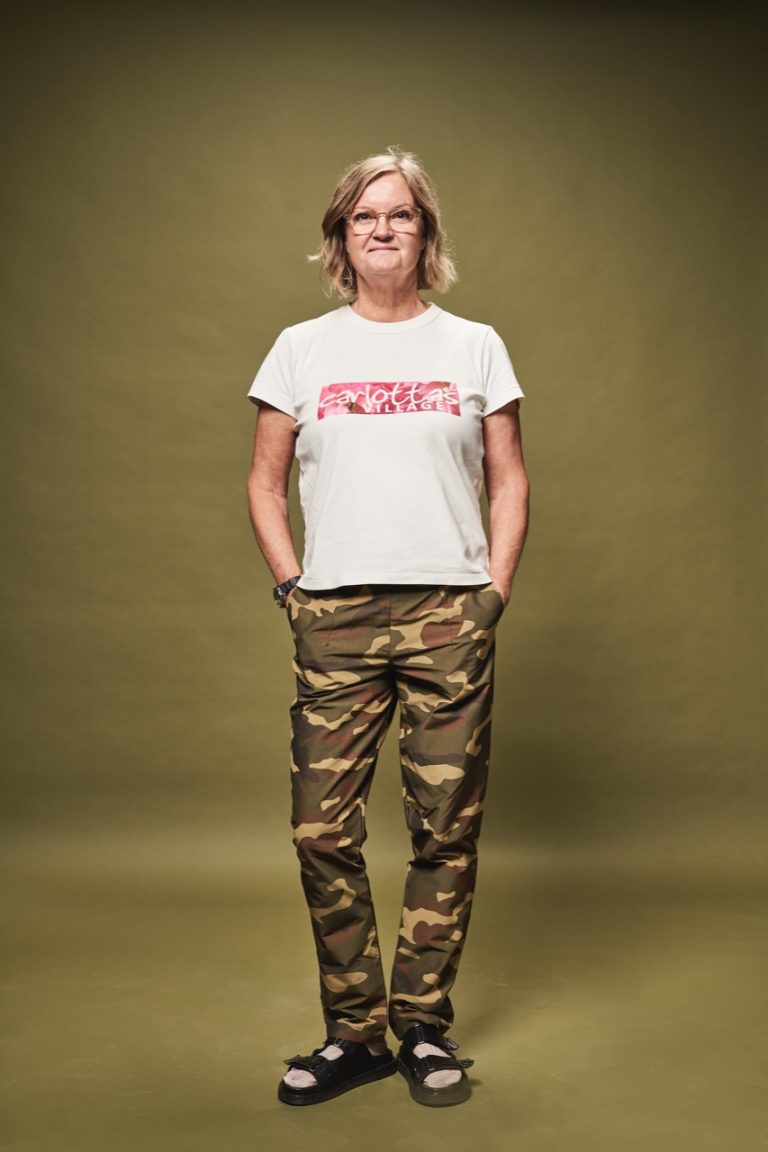Repopulating the world of optics with fashion-forward accessories designed with a fresh and desirable edge in mind is at the core of founder Masaki Hirose’s approach – but that does not mean his products are limited by gender, they’re limitless. Eyestylist caught up with the Japanese accessories innovator.
“I started working at DITA Eyewear in 2006, and my own brand Diffuser Tokyo was created six years later in 2012,” says Masaki Hirose, the Japanese founder of Diffuser Tokyo, an innovator in accessories who has changed the face of what these products once were. “At that time, many people around me were working with Japanese clothing brands, and I think I learned a lot from them. When I was in charge of domestic sales, I was in constant communication with many people across the eyewear industry. They were looking for something the current market didn’t provide: fashionable eyewear accessories. I researched the accessories market and discovered many high-end eyewear stores didn’t carry eyewear accessories: they were unavailable.”


Masaki discovered that the number of stores looking for new designs and fashionable eyewear cases in the Japanese market was increasing rapidly, but there were only cheap and ordinary accessories which were mostly manufactured in China.
So he embarked on a journey to make on-trend, stylish eyewear accessories for the stores himself. “I had no design experience, nor any knowledge of how to procure raw materials. There are some suppliers out there who do not welcome inexperienced people, and I had a hard time finding the right ones to work with at first. Many refused to sell materials to us. Now I feel blessed that Diffuser has gained so much support from the eyewear industry and consumers, making it the popular brand it is today.”

Masaki started out with an interest in optics and fashion retail, which helped. “I was interested in both so to speak. Both have philosophies rooted in fashion per se, so I found both industries interesting even if the way of thinking and perception of each one is actually completely different. Of course, as I mentioned, there were not many options in the field of optics when I started this brand; I couldn’t find eyewear accessories that men like me were enthusiastic about or wanted to wear. I therefore focused on design concepts and materials used in other types of products…my products were based on the idea that the customer who purchases it will feel some kind of excitement and joy…”

Realising the limitless potential of something more stylish and design-focused, the range became extensive and more orientated towards gender-fluid design. “We are not aiming to segregate our products according to gender. When we start our design process, we start with the choice of the materials before moving into texture, shape and other aspects of sourcing to create a style suited to anyone. At the present time we have many female customers; some of them tend to lean towards our more masculine products and we’ve welcomed this from the start.
The brand has also differentiated itself by collaborating with small artisan studios and creators in Japan. They work with leather specialists outside Tokyo. “Many of the leather artisans had reached a turning point when I started this brand, so I started working with them. Some of them had never made eyewear accessories before. Our cord factory, for example, takes on new challenges every day in order to respond to my requests. We believe that this initiative can improve their sustainability and in turn ours, and lead them to acquire new technologies and opportunities.”
Masaki adds that he also sells a product that can easily be repaired. “Effective and valuable usage and reduction of waste is a kind of Japanese value in the present day. We provide the customer with after-sales service repair and technical advice, and we’ve seen from the few repairs we’ve made so far that customers want to continue using our products even if they were purchased a long time ago. Like taking care of a favourite leather shoe, this is another way to reduce waste and remain eco-friendly.” An exclusive feature by Victoria G. Brunton and Clodagh Norton – Eyestylist.com
To find out more about DIFFUSER TOKYO visit https://diffuser-tokyo.com/en/
